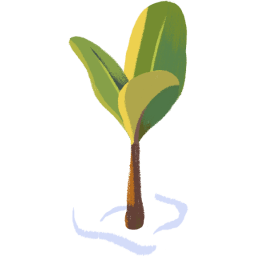We are so excited to tell you about a major victory that our supporters helped achieve. Yesterday at the UN Ocean Conference, the Colombian government announced it will create four new official marine reserves, including one expanding the fully protected Malpelo Sanctuary of Fauna and Flora. Colombia will now surpass the goal of protecting 30% of its waters eight years before the 2030 deadline! The initiative to protect 30% of the global ocean by the year 2030, referred to as 30x30, is a target that scientists have indicated is necessary in order to prevent irreversible loss of marine life. A huge thank you to everyone who made their voice heard on the petition to protect the Eastern Tropical Pacific marine corridor. And, of course, this win would not have been possible without the hard work and dedication of Colombia’s environmental, fishing, and maritime authorities, along with scientists, the private fishing sector, nonprofits, and the people of Colombia. With this remarkable action, Colombia will strengthen local fisheries, sustainable livelihoods, and the protection of marine biodiversity in its native waters and throughout the Eastern Tropical Pacific marine corridor. If you’d like to move another campaign to create sanctuaries close to victory, consider adding your name to the brand-new petition to expand the Pacific Remote Islands Marine National Monument 🌎 ⛵️

Positive news
Kelp helps: Canadian scientists are researching the importance of these brown algae in protecting sea creatures from human-made ocean noise that drowns out the natural soundscape. Using sound science experiments and underwater audio recordings, marine ecologist Kieran Cox is exploring how preserving and restoring kelp ecosystems could reduce sensory harm. Sound waves travel faster and further underwater than they do through air, with marine traffic creating a stressful environment for animals trying to navigate the ocean in peace. But kelp forests are helping to “conserve the soundscape,” providing promising field research and insight into the future of this large seaweed. | Source: The Narwhal







